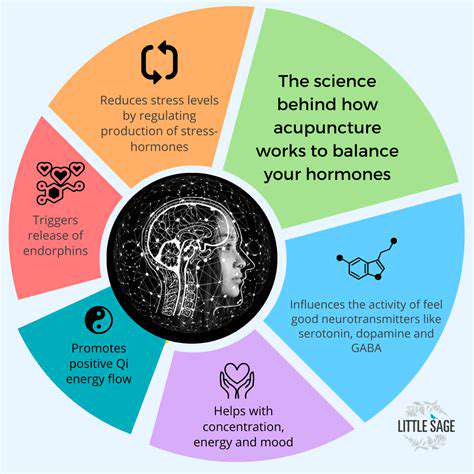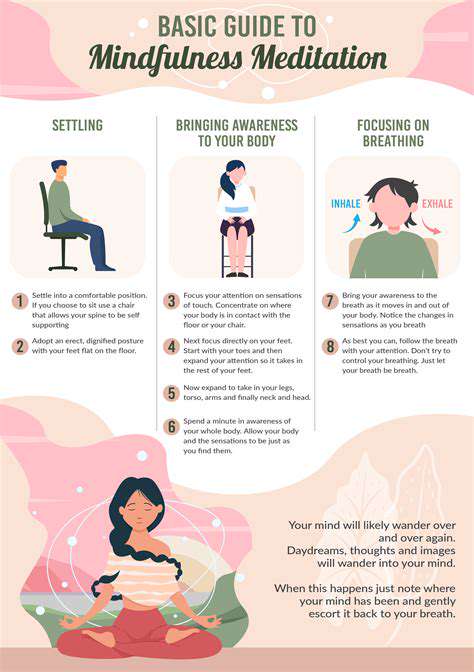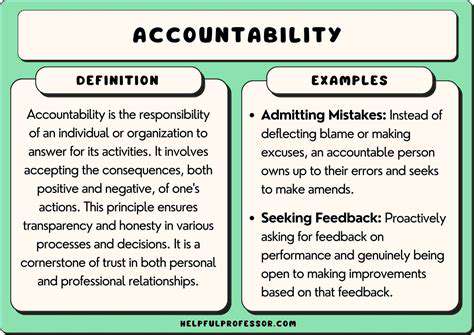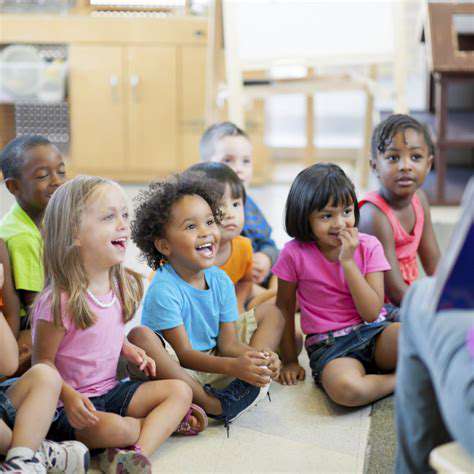How Spending Time in Nature Can Improve Imagination and Creativity in Children and Adults
The Benefits of Nature for Creativity and Imagination
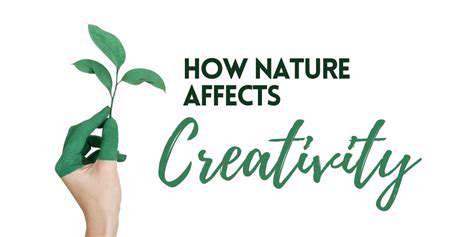
The Role of Nature in Cognitive Development
Research shows that spending time in nature can significantly enhance cognitive functions in both children and adults. When immersed in a natural environment, individuals often experience a boost in their ability to think creatively.
Engaging with nature provides essential stimuli that can unlock new ways of thinking and problem-solving. This exposure to diverse natural elements can spark the imagination, leading to innovative ideas and solutions.
How Nature Inspires Artistic Expression
Many artists and creators find that nature is a limitless source of inspiration for their work. Natural landscapes, colors, and forms can influence artistic choices and lead to the creation of unique pieces.
Artistic expression often flourishes in a natural setting, where the tranquility and beauty of the environment encourage exploration and experimentation. This connection to nature can also result in deeper emotional expressions in various art forms, from painting to writing.
The Psychological Benefits of Nature Exposure
Being in nature has been linked to numerous psychological benefits, including reduced stress and enhanced mood. These feelings of well-being can also support creativity by creating a mental state conducive to imaginative thinking.
As individuals become more relaxed and at ease in natural settings, they tend to let go of inhibitions that can hinder creative expression. This liberated state of mind is essential for allowing new thoughts and ideas to emerge and develop.
Ways to Incorporate Nature into Your Life

1. Create a Nature Journal
Keeping a nature journal is a fantastic way to engage with the environment. You can document your observations, sketches, and thoughts during your outdoor excursions. This practice encourages mindfulness and enhances creativity by encouraging you to express your experiences through writing and art.
In addition to observation, nature journaling also fosters curiosity. The more you pay attention to the details around you, the more you will start to notice fascinating aspects of the natural world. From the texture of bark to the colors of a sunset, your journal becomes a canvas for exploration.
Consider setting a routine where you dedicate time each week to explore and write. Whether you visit a local park or your backyard, the act of recording what you see helps enhance your imaginative capacity.
Interacting with nature in this way allows both children and adults to better connect with their surroundings. By reflecting on your experiences, you can spark ideas and build a deeper appreciation for the environment.
2. Organize Outdoor Creative Sessions
Hosting outdoor creative sessions can be a beneficial way to combine creativity with nature. Gather friends, family, or fellow artists for a painting day in the park or a writing retreat in a serene setting. This change of scenery can greatly stimulate imaginative thinking.
Nature provides an endless source of inspiration that often leads to unique creations. Being in a natural setting allows participants to soak in the beauty around them, which can lead to new perspectives and innovative ideas. The sounds, colors, and scents of nature can evoke emotions that are often reflected in your creative works.
Remember to disconnect from technology during these sessions. By minimizing distractions, you allow your mind to wander freely, enhancing your imaginative output. Encourage participants to share their work, fostering a sense of community and collaboration.
These sessions can be tailored to various interests, from photography to poetry. Each participant can explore their creativity while being surrounded by the very inspiration that nature provides.
3. Join a Nature-based Group or Class
Participating in community groups focused on nature can greatly enrich your life. Many organizations offer classes that range from gardening to bird watching, providing opportunities to learn and connect with others. These activities encourage creativity and imagination through hands-on experiences.
Engaging with similar-minded individuals can also enhance your creative skills. Collaboration in a supportive environment often leads to new ideas and approaches that you may not have considered before. When you share your passions with others, it can ignite inspiration.
Look for local workshops that encourage artistic expression in natural settings—these spaces are often conducive to brainstorming and innovation. Additionally, the knowledge gained from these sessions can contribute to a deeper appreciation of the environment.
Whether you are painting in a botanical garden or learning about ecology, these experiences help forge a stronger bond with nature. As you immerse yourself in these activities, you will find your creativity flourishing.
4. Practice Mindfulness in Natural Settings
Mindfulness techniques can be enhanced when practiced in nature. Take time to meditate outdoors or conduct mindful walks where you focus on your surroundings. This practice can deepen your connection with the environment and enhance imaginative thoughts.
Engaging in mindfulness helps quiet the mind's clutter and allows for creative solutions to emerge. By slowing down and paying attention to the present moment, you create space for new ideas and inspirations to arise. Nature's tranquility can be the perfect backdrop for this practice.
Consider starting with simple breathing exercises or observing the changing seasons around you. These activities can cultivate a sense of peace and clarity, essential for tapping into your creative potential.
